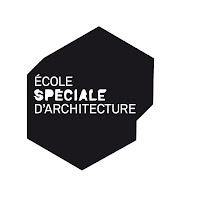References:

Z-Island, Zaha Hadid, 2006


Neil Barrett Tokyo, Zaha Hadid, 2008

Amanda Levete's (AL_A) ‘
DuPont CORIAN Super-Surfaces Showroom‘ in Milan.

Exhibition Tables for exhibition at Christ Church Spitalfields London (work in progress), marcosandmarjan with Unit 20, 2010
Sublime Flesh exhibition at Christ Church Spitalfields, London
marcosandmarjan with Unit 20, 2010

marcosandmarjan Blister Wall 2008

Ron Arad, Y’s Store, Roppongi Hills, Tokyo

Ron Arad, south gallery of Beaubourg

SCI-Arc desks, f-lab

Infodesk, Shanghau Expo Austria Pavilion, SPAN

Evan Douglis Studio LLC, Helioscopes.
Evan Douglis, Jean Prouvé: Three Nomadic Structures installation.

Ali Rahim (c-a-p), Migrating Formations.

Kol Mac, Inversabrane.
Roxy Paine, density polyethelene.

















